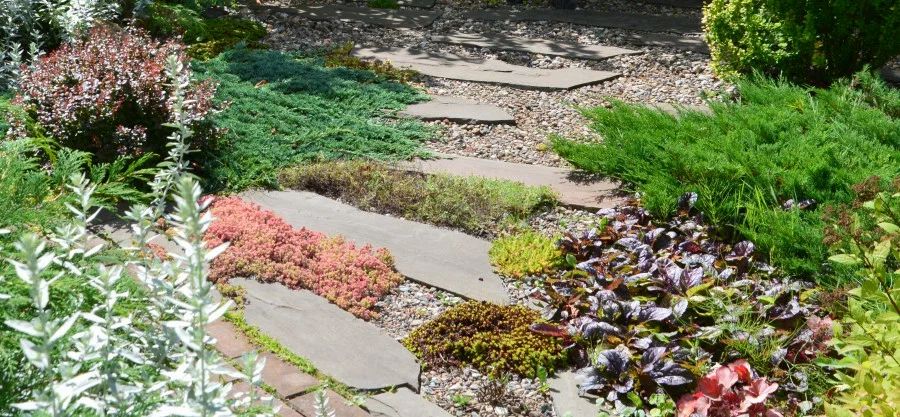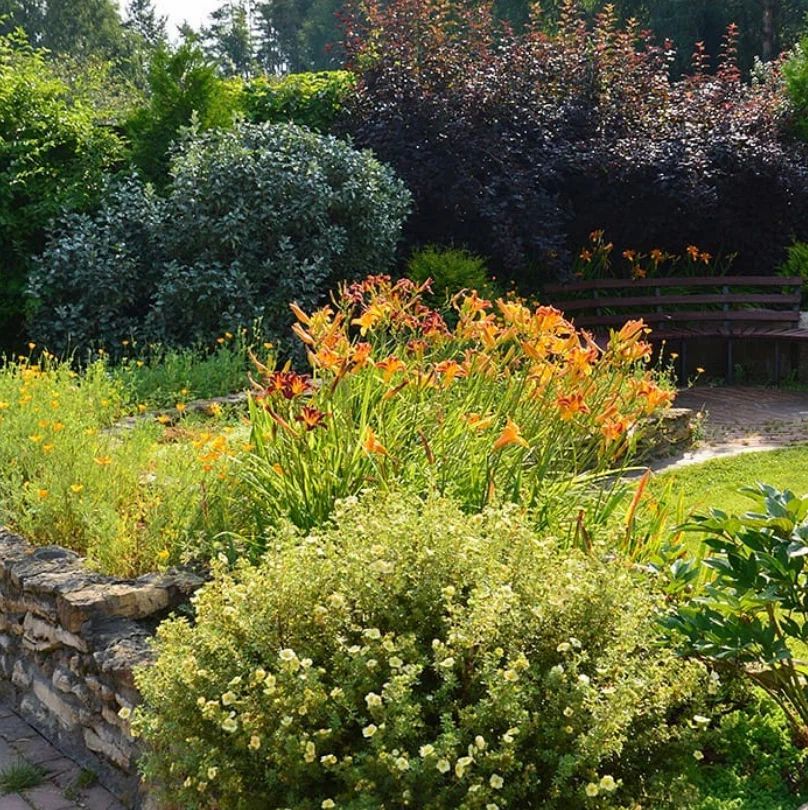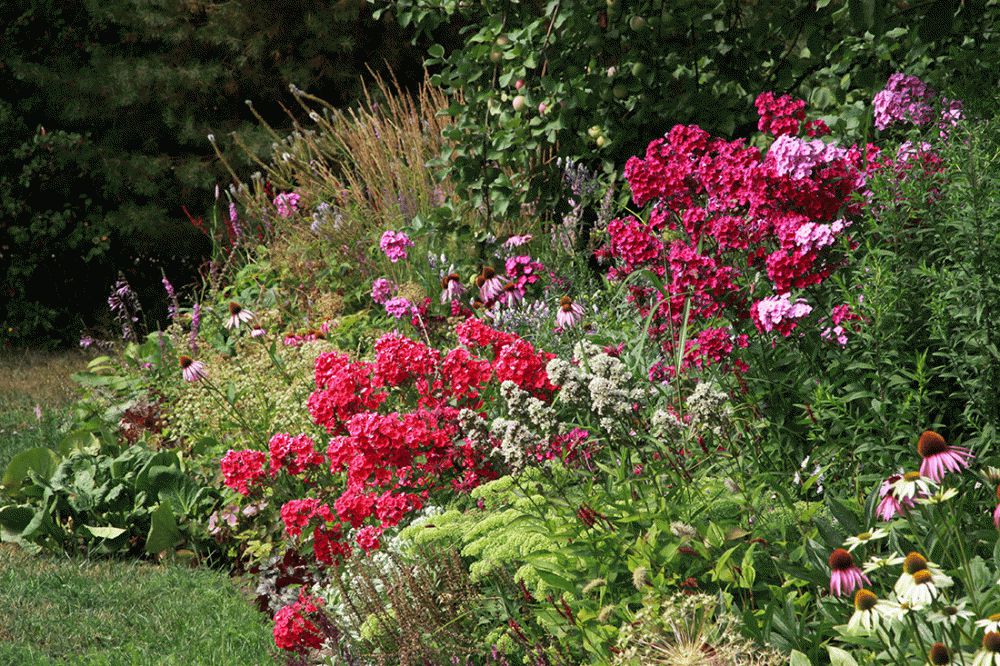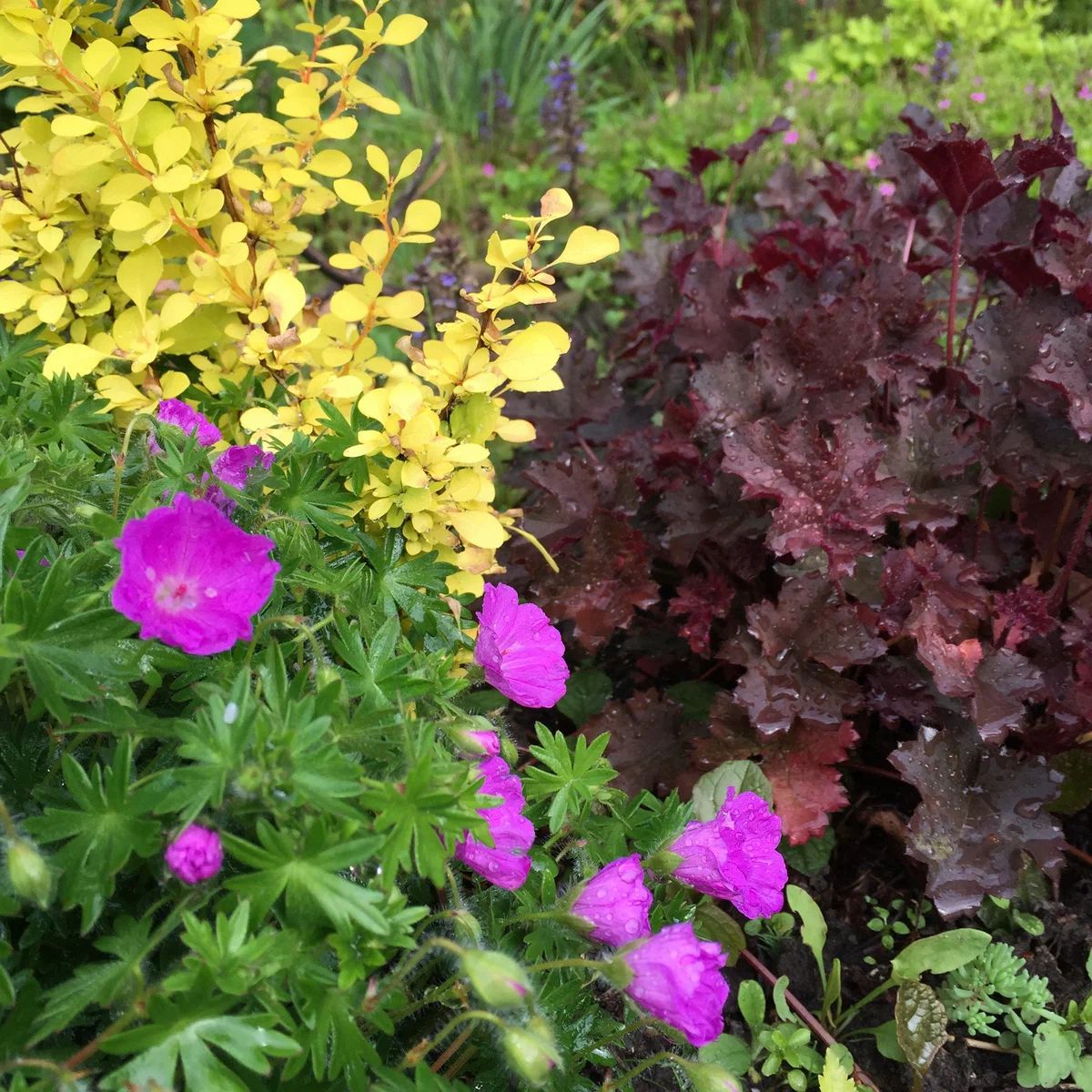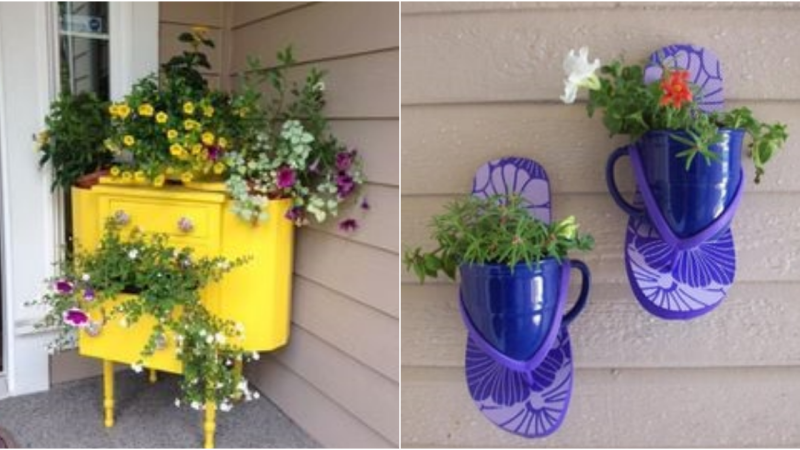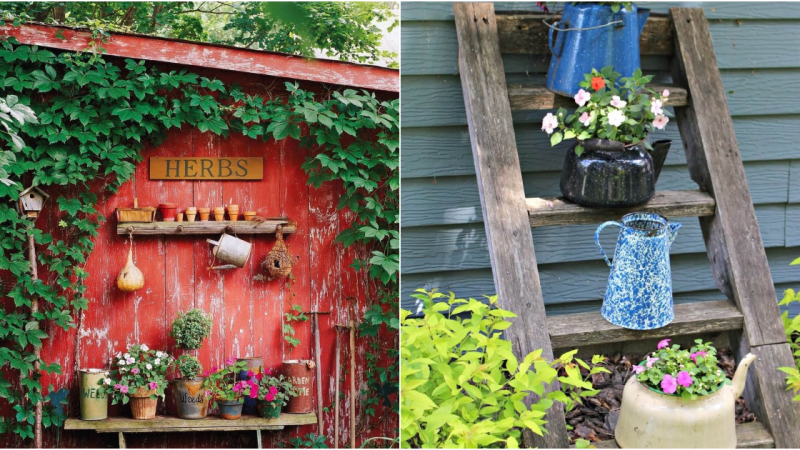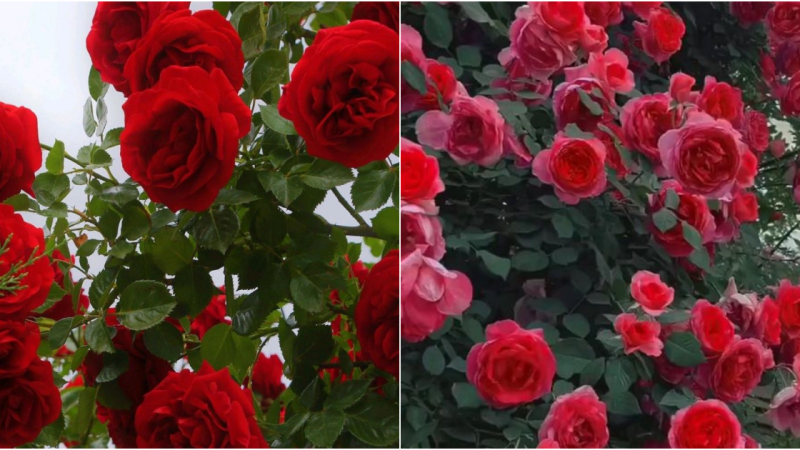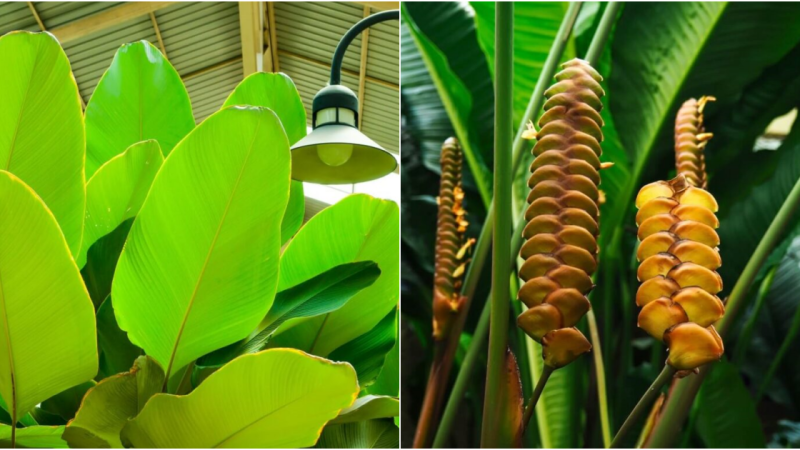Enhancing Harmony in Garden Design: Key Techniques
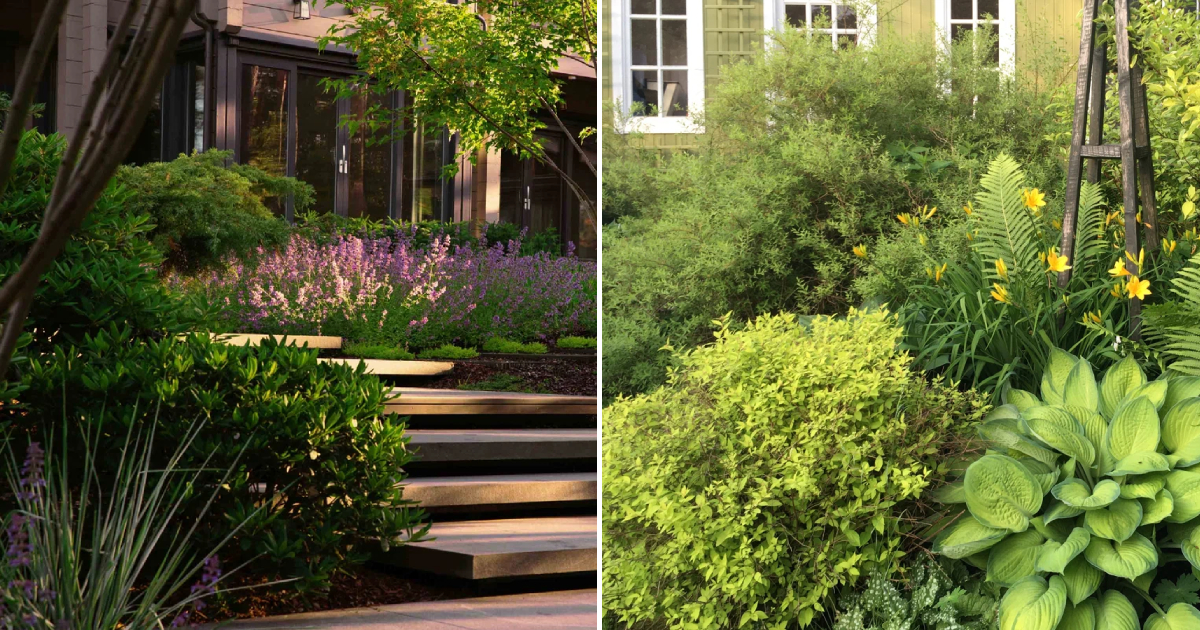
The phrase “garden art” sounds very accurate because we create the surrounding environment through plants. And we want it to be comfortable. Here are a few ideas, each of which can inspire some reflections.
Garden style – house style
Most people don’t just like one type of flower bed, but several. There is a strong temptation to implement different styles in one area. For example, creating a neat and regular entrance zone while simulating a natural flowering garden in the backyard.

Unified color palette… of structures
Many people get so engrossed in selecting harmonious color combinations of plants that the local picture becomes perfectly balanced, but something feels off in the overall plan.
On one side, there are green arches; on the other, a brown bench and a white pergola; on the third, red swings with striped fabric and a little flower. Sound familiar? It’s better to repaint what can be repainted, taking into account the color of the house.
Interrelated plants
There is almost always a flower bed that you consider as the centerpiece. It could be the flower bed in front of the house, representing the owners’ identity, or a flower bed in a private area that can be seen from your favorite relaxation spots. Color enthusiasts often find that this flower bed stands out from the overall picture. In that case, you can use the principle of echo. Echo repeats our words but softer and softer. Similarly, we can use the same colors in other parts of the garden (or in the same flower bed but in the section moving away from us), but slightly less or less intense. Slightly lower, slightly less contrast. The same applies to the combinations of plants themselves. The color of leaves or the shade of one flower can be repeated in the neighboring ones.
The interrelation can be based on color as well as shape.
Focus
Remember the main flower bed? In the flower bed itself and in any other part of the garden, there should only be one focus. There can be a secondary accent, but it should be significantly weaker. Our gaze is drawn to the main combination, and then we begin to notice the details, examining the intricacies that form a unified picture.
As if weeding never happened
Many generations of our parents were engaged in vegetable gardens, so our subconscious urges us to plant flowers in straight lines, leaving black soil around them to prevent weeds from taking away nutrients from the chosen crops. But we only see black soil in early spring in nature, so such planting will look unnatural. Let the straight lines be left for regular gardens and living hedges, while mature plants should have their foliage overlapping so that the soil is not visible beneath. Natural mulch – leaves, bark, and ground-cover plants – looks better.
Continuous ornamental value
Many people strive for continuous flowering, but on a small area, continuous ornamental value is sufficient. Seasonal blurring of flowers will result in a small flowering effect, and the color patches won’t have the desired impact. The smaller the flower bed, the more pronounced the seasonality of flowering.
Ornamental value can exist without flowering. For this purpose, plants with foliage that retains decorative appeal throughout the season are selected.

